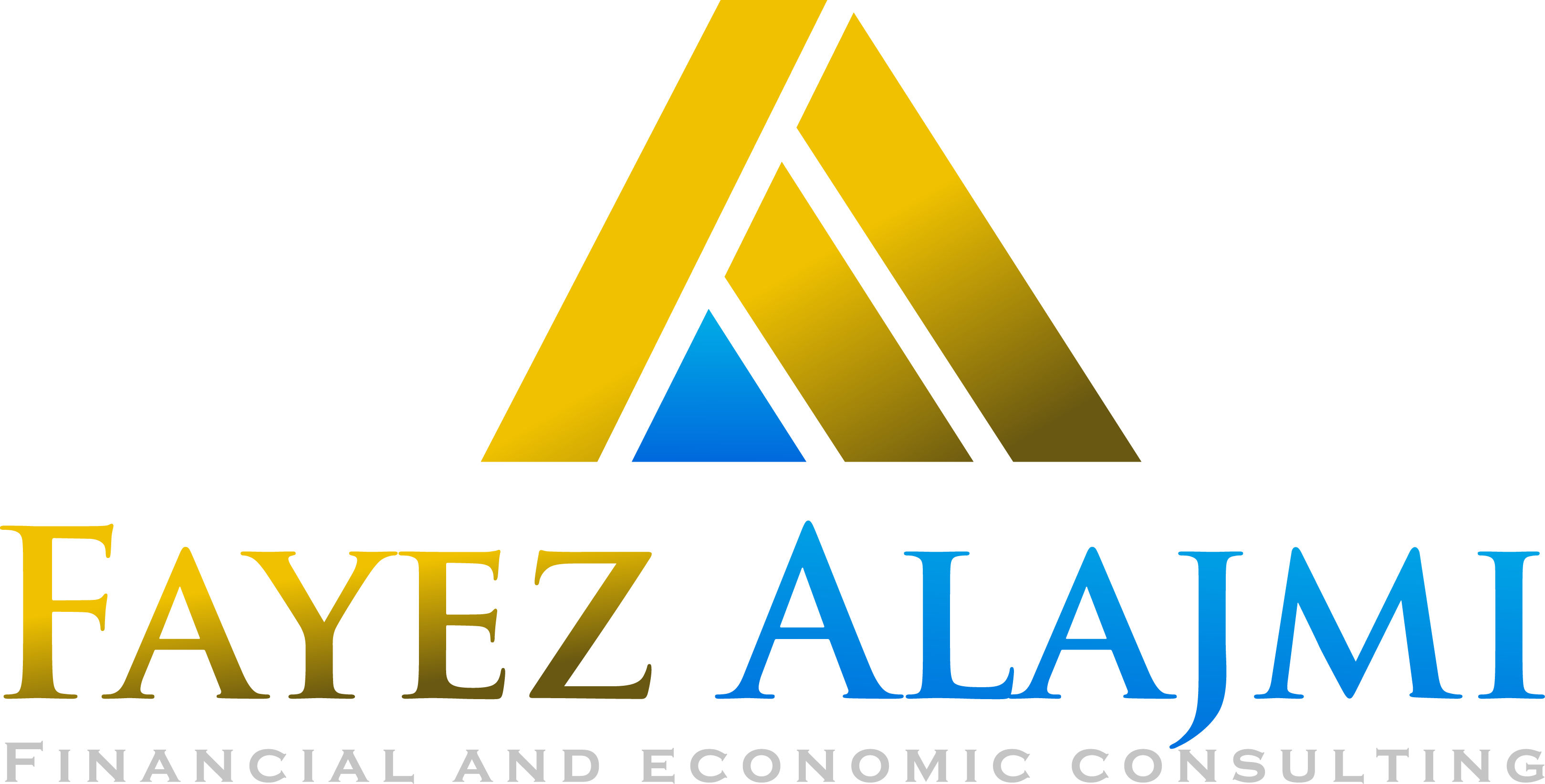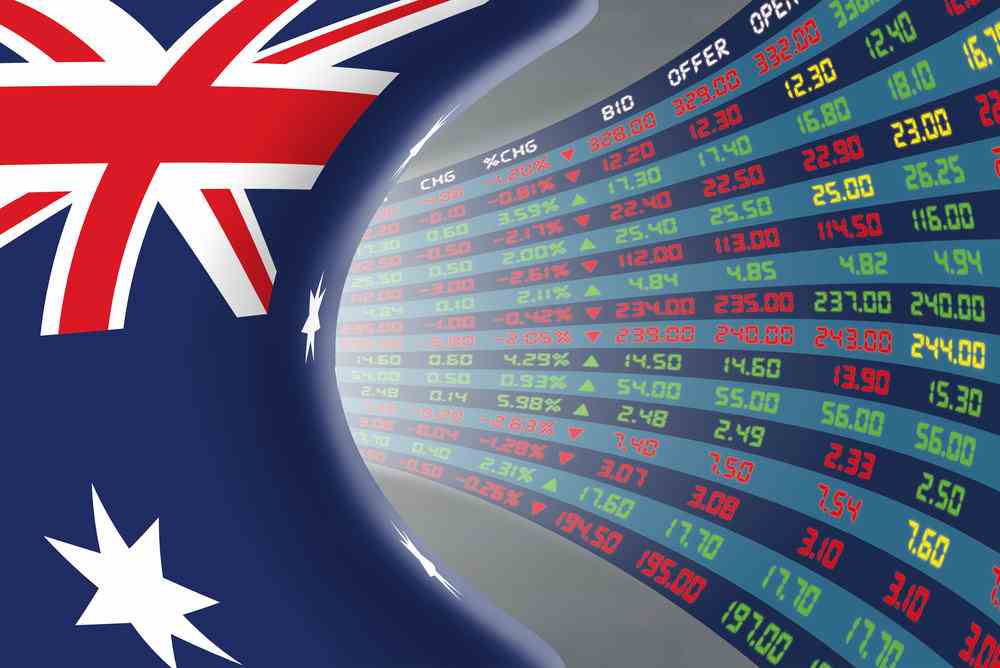The gross domestic product in Australia rose to 1.8 percent in the first quarter of the year ending last March, to come in better than expectations that indicated a rise of about 1.5, while the reading of the fourth quarter of the year 2020 was revised up to 3.2 percent from 3.1 percent, which Reflects the direct results of the easing of restrictions in Australia and the improvement in the Australian economy and recovery in the labor market. In details, the trade exchange rate recorded a rise of 7.4 percent, its highest level since 2011, supported by strong exports, especially iron and natural gas, to help increase the nominal GDP by 3.5 percent. While final domestic demand contributed about 1.6 percent to the growth of GDP, investment contributed about 0.9 percent, and household consumption expenditures about 0.7 percent. The Reserve Bank of Australia kept its monetary policy unchanged at its meeting on Tuesday morning and kept interest rates at 0.10 percent. The Australian dollar is declining against the US dollar since the beginning of the session today, Wednesday, the second of June (June), trading at 0.7735 levels, after testing 0.7777 levels in the Asian session.

 2 June، 2021
2 June، 2021
 ابحاث السوق
ابحاث السوق
 Views
: 704
Views
: 704
